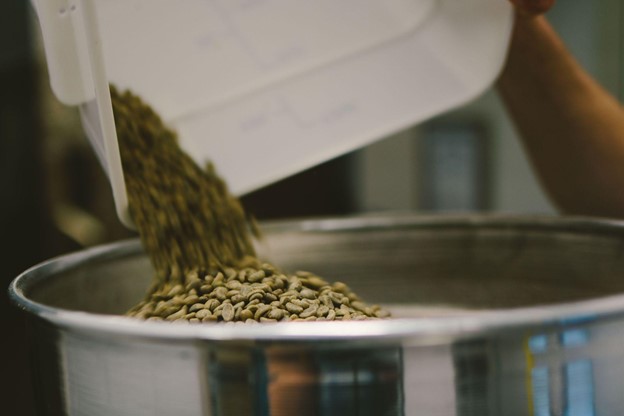Green coffee is a raw agricultural product that is sensitive to light and moisture. Optimum levels of the latter should be around 11% to 14% once the beans are processed and dried. Beyond these, the coffee’s quality will start to diminish.
A stable temperature should also be maintained to ensure quality. As temperatures climb, carbon dioxide will leave green coffee more quickly, causing it to become stale and lose some of its vibrancy when roasted. As previously mentioned, the beans can also absorb any surrounding odours or flavours if improperly stored.
These various factors are why green coffee needs to be shipped in a food-grade container which must meet several requirements.
Firstly, the container should not have been previously used to move anything with strong (such as chemical) odours, or have been cleaned with a strong disinfectant, otherwise the coffee will take on the underlying odours.
The container also needs to protect the green beans from moisture. This can be done by using plastic or cardboard liners within a metal container and “stuffing” it. By filling containers tightly and layering bags in a way that reduces gaps and airflow, the green beans can stay fresher for longer.
However, in recent months, acquiring food-safe shipping containers has become easier said than done. Thanks in no small part to the Covid-19 pandemic, we are currently at the mercy of a container shortage. This affects the price of the containers themselves, and subsequently the price of the food product in question.
While the manufacture of shipping containers has increased this year, it has not been enough to solve the problem. Some shipping lines are even looking to capitalise on the high shipping prices, according to the Wall Street Journal.
In a recent article, the publication said: “US exporters say shipping lines are refusing to send boxes inland to pick up their cargo, because they are trying to get empty containers back to factories in Asia as quickly as possible to take advantage of historically high shipping prices.”

